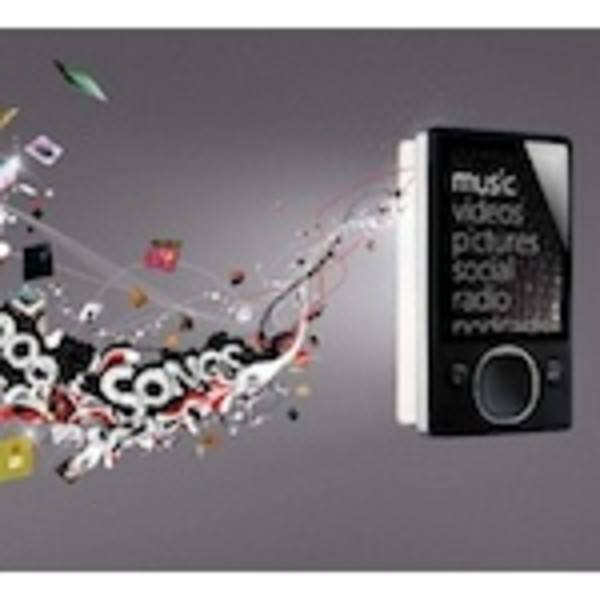Streaming music services like Spotify, MOG, Rdio, Grooveshark, Slacker Radio and others are making headlines for their innovations in today’s digital music economy and its extension onto our mobile devices, into our homes and even into our cars. But when it comes to who’s paying for the premium (i.e., “paid”) level of these services, a new study shows that it’s often indie music fans who are footing the bill.


Premium Streamers More Likely to be Indie Fans
The study, from indie label giant Merlin, found that users on the premium tiers of popular digital music streaming services were playing songs from the Merlin repertoire 20% more than those on the free tiers. This data came from an analysis of over 750 million streams during Q1 2011, including those from MOG, Spotify, Rdio, MySpace Music and similar services overseas.
Merlin, for those unaware, is the “virtual fifth” major label, backing artists like Arcade Fire, Vampire Weekend, Adele, Neko Case, The Strokes, Social Distortion, The XX, Tom Waits, Spoon, and many others. From January 2010 to March 2011, 50 of its artists’ albums reached the top 5 positions and 18 reached the #1 spot.
What this means, according to Merlin, is that “serious music fans” are more likely found to be listening to independent music. While we’re not sure that someone’s ability to pay for music makes them a more “serious” music fan than others, it is notable that indie music is in heaver rotation on the premium levels of these digital services.
No Surprise Here: Indie Fans Buy Digital, Not Physical, Music
What’s also interesting is that the U.S. albums market share for independents is 57% greater for digital music than for physical sales. (Source: Nielsen). But this isn’t all that surprising. After all, indie music caters to the more esoteric and niche tastes of its listeners – a market that, in the past, had been sidelined by big box retailers with limited shelf space, preferring to promote the more mainstream records from pop, rock, rap and country stars. But in the digital landscape, concerns over physical limitations like shelf space no longer matter. The best streaming services will stock anything and everything, and leave it up to their listeners to decide.
In a recent article, we examined three of the top streaming services, Slacker, MOG and Rdio, and compared their catalogs to others. The larger the catalog, the more likely that it’s being filled out with indie labels’ tunes. Perhaps then, it’s more likely it is to find a paying audience, too.
Here are the numbers:
Tracks per Service (May 2011)
- Slacker: 8 million
- Rdio: 8.5 million
- MOG: 11 million
- iTunes: 13 million
- Napster: 10 million
- Rhapsody: 10 million
- Grooveshark: 6 million
- Spotify: 13 million
If you were wondering why everyone seems to be hyping the European service Spotify, despite it not yet being commercially available in the U.S., the above list may provide the answer. It’s the only one that offers a digital catalog the size of iTunes!
MOG comes in second with 11 million tracks, only 2 million shy of iTunes or Spotify. MOG’s catalog is the primary reason why it has been my personal choice for streaming, despite Rdio’s more attractive design and its unique social sharing features. At the end of the day, if I’m going to pay for music, I’m going to pay for the most music I can get. Power over polish – that’s my choice. (I guess that’s why I’m an Android user, too.)
You may feel otherwise. And many of you do, according to the comments on our first post.(Sample comments: “MOG is clunky and hard to understand,” “MOG’s website looks really old.”)
But if the success of these services will be determined by who’s willing to pay, it looks like the indie music aficionados are a group worth watching.










